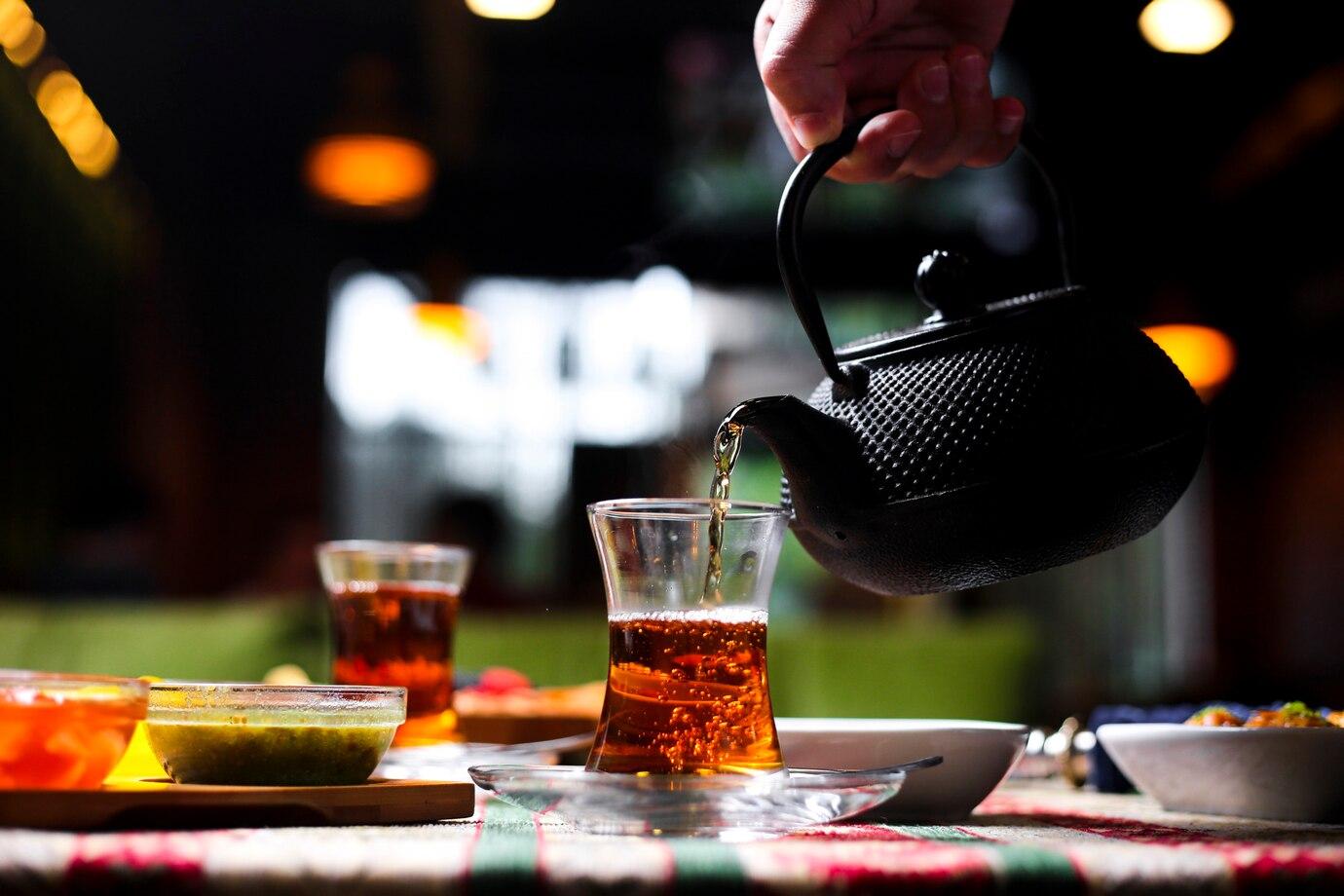Alcoholic Tea Market Expanding Rapidly as Brands Introduce New Flavors and Sustainable Packaging Options

The alcoholic tea market has emerged as a dynamic segment within the global beverage industry, blending traditional tea flavors with alcoholic content to cater to evolving consumer preferences. This fusion offers a unique drinking experience that appeals to health-conscious individuals seeking moderate alcohol options. As of 2024, the market continues to expand, driven by innovation and changing consumer behaviors.
Market Drivers
One of the primary factors fueling the growth of the alcoholic tea market is the shift in consumer preferences towards healthier beverage options. Many consumers perceive alcoholic teas as a better alternative to traditional alcoholic drinks due to their lower calorie content and the presence of antioxidants found in tea. This perception aligns with the broader trend of health and wellness, where individuals seek indulgence without compromising on health benefits.
The increasing demand for craft and artisanal beverages has also contributed significantly to the market's expansion. Consumers are drawn to products that offer unique flavors and high-quality ingredients. Alcoholic teas, often crafted with premium tea leaves and natural flavorings, meet this demand. For instance, Broadland Drinks introduced Twistea, a ready-to-drink alcoholic cold brew tea available in flavors like white peach & mango and rhubarb & ginger, appealing to consumers seeking sophisticated and diverse taste profiles.
Flavor innovation plays a crucial role in attracting a broader audience. The introduction of diverse and exotic flavors has made alcoholic teas more appealing to adventurous drinkers. Brands are continually experimenting with combinations such as blood orange & mandarin and lemon & lime to cater to evolving taste preferences.
Market Challenges
Despite its growth, the alcoholic tea market faces several challenges. Regulatory hurdles are significant, as different countries have varying laws regarding alcohol content, taxation, labeling, and distribution. Introducing a new category like alcoholic tea involves navigating complex legal landscapes, which can impede market expansion.
Limited consumer awareness poses another challenge. While alcoholic teas have gained traction in certain markets, many consumers are still unfamiliar with the product. Educating the public about the taste, benefits, and unique qualities of alcoholic tea requires substantial marketing efforts and investment.
Health and wellness concerns also impact the market. Some health-conscious individuals may be deterred by the alcohol content in these beverages, despite the potential health benefits of tea. Aligning alcoholic teas with the values of health-conscious consumers necessitates careful marketing and product development.
Regional Insights
The Asia Pacific region holds a significant share of the alcoholic tea market, owing to its rich tea heritage and large consumer base. Countries like China, Japan, and India have a long-standing tradition of tea consumption, providing a solid foundation for the growth of alcoholic tea products. The rising population of Gen-Z and millennials in these countries is increasingly embracing alcoholic tea as a convenient and trendy beverage option.
Market Outlook
Looking ahead, the alcoholic tea market is poised for continued growth. The trend towards premiumization of alcoholic drinks presents opportunities for brands to offer high-quality, craft-style beverages that provide sophisticated drinking experiences. Flavor innovations and the development of unique blends are expected to attract a broader consumer base, including those seeking novel and diverse taste experiences. However, addressing regulatory challenges and enhancing consumer awareness will be crucial for sustained market expansion.
In conclusion, the alcoholic tea market represents a fusion of tradition and innovation, meeting the evolving demands of consumers seeking healthier and unique beverage options. While challenges exist, strategic marketing, product diversification, and navigating regulatory landscapes will determine the future trajectory of this emerging market.
- Art
- Causes
- Crafts
- Dance
- Drinks
- Film
- Fitness
- Food
- Games
- Gardening
- Health
- Home
- Literature
- Music
- Networking
- Other
- Party
- Religion
- Shopping
- Sports
- Theater
- Wellness


